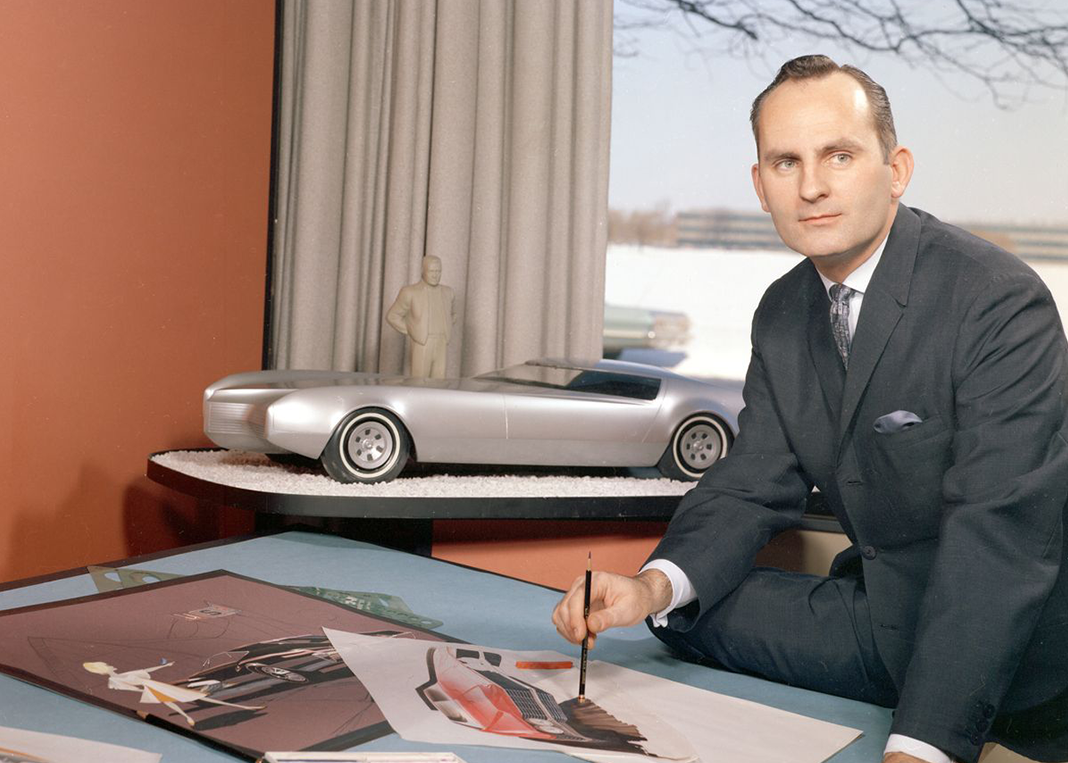Anybody who’s driven a car knows that full awareness is key for a safe and enjoyable ride. What if, cars were equipped with an extra pair of eyes to keep us even safer?
It’s amazing where new car technology is heading, but until the day comes when we could hop into our self-driving cars and safely get from point A to point B effortlessly and safely, getting behind the wheel will always require us to be our most responsible selves. It cannot be stressed enough that when on the road, safety is key, especially when a simple mistake could cost people their lives.
If numbers were to put things into perspective, then it would matter if you knew that about a million people lose their lives in car-related accidents each year. On average, that’s 3,000 casualties a day. For the lucky ones who survive these types of lethal encounters, some may recall scratching of heads, and the common, “Oops, I didn’t see you” excuse. But what if, car technology made it near impossible for a person to get into a car accident?
Enter cameras in cars. An extra pair of eyes, and the technology that comes with it. may just be the solution to enhance awareness on the road. Last year, countries like the United States and Canada have made it mandatory for 2018 and newer vehicles to be equipped with a backup camera. Enhanced rearward visibility, as their respective safety institutions put it, play a key role in preventing backover accidents, of which, children are most affected. Although regulation for better vehicle visibility only recently becoming a mandatory in some countries, the technology that enhances driver visibility has actually been around for a while.

Back-up camera
In 1956, Chuck Jordan, the head of design for General Motors, debuted the Buick Centurion XP-301 concept car. Sporting a futuristic exterior and interior design, the vehicle didn’t fall short in hi-tech offerings as well. The revolutionary Buick model was equipped with a backup camera, that was mounted on the trunk, and with strategically hidden wiring that fed the feed to the vehicle’s dash. In 1972, Volvo’s experimental safety car likewise had a camera installed, but it didn’t make it into production for it’s consumer models. And in about 20 years after, the 1991 Toyota Soarer Limited became the first production vehicle to be equipped with a backup camera.
Another milestone was hit in the 2002 New York International Auto Show where Nissan’s Infiniti luxury division introduced the Q45 flagship sedan with a state- of- the art backup camera offering which consisted of a license plate- mounted camera at the rear which transmitted an image to a 7-inch LCD screen. Bouncing to 2007, three more cameras are added to the Infiniti EX35, two which are mounted into the bottom of the exterior mirrors, and one in the front grille. All cameras featured a 180- degree field of view which overlapped, eliminating the gap in immediate surroundings.
Now in 2019, the same technology exists, but in the form of 360- degree glory. Similar to how the 180- degree systems worked, modern systems are able to show a perspective similar to that of a traditional rearview camera that faces outwards. BMW has even gone as far as displaying a car and its immediate surroundings from a certain angle—perfect for parking in our eskenitas (alley) or in narrow old European streets. Likewise, the vehicle alerts you when collision is about to happen.
Yet one of the most interesting implementations is probably the integration of a bird’s eye view. Digitally stitching the camera’s field of vision, some manufacturers such as Nissan have gone so far as to provide a top-down/bird’s eye view of the vehicle. Nissan compares this technology to reading a book from an imperfect angle, riddled with distortions, versus a straight down angle absent of any. Like something out of video game, the system is able to eliminate distortion via software thus providing an image where the vehicle is located at the center, and where its surrounds are seen.

Live feed
Without a doubt, adding cameras into vehicles heightens awareness. For one, mounting them outside the vehicle and proving a live feed to the dashboard LCD or through the rear mirror feed eliminates obstructions such as seeing the rear seats and passengers when using the traditional rearview mirror. Cadillac, realizing that the technology does indeed increase rearward awareness by about 300% percent, has even replaced some of its models’ mirrors with displays and cameras.
Today’s surround view camera works in a similar way as Jordan’s original concept in such a way that it uses the basic setup of a mounted camera and an accompanying display. As the system further develops, we see more and more benefits such as eliminating blind spots, and having the driver truly view the car’s driving condition. 3D stitching is also one concept we’ve seen into fruition, as with night vision capable cameras mounted in cars. The possibilities are infinite, and it’s the nice to hear that the absolute goal of this technology is to make driving easier and safer than before.
Also published in GADGETS MAGAZINE July 2019 Issue
